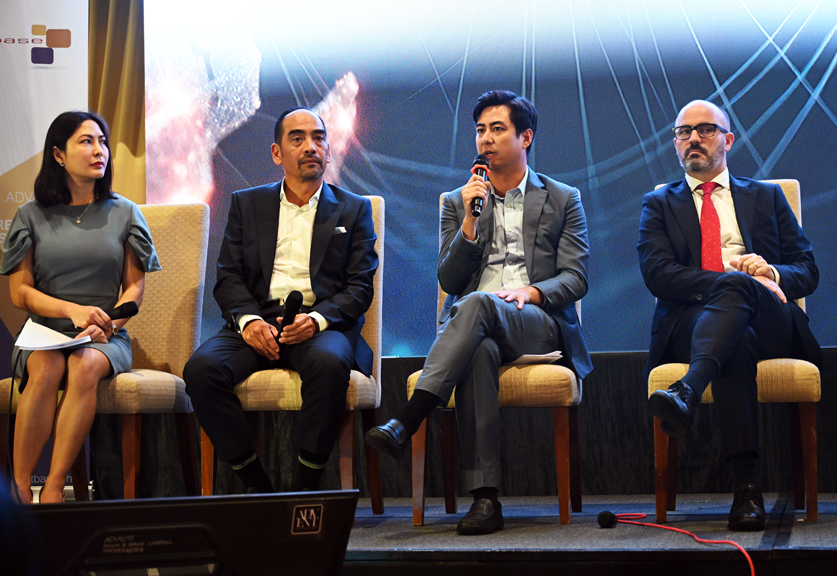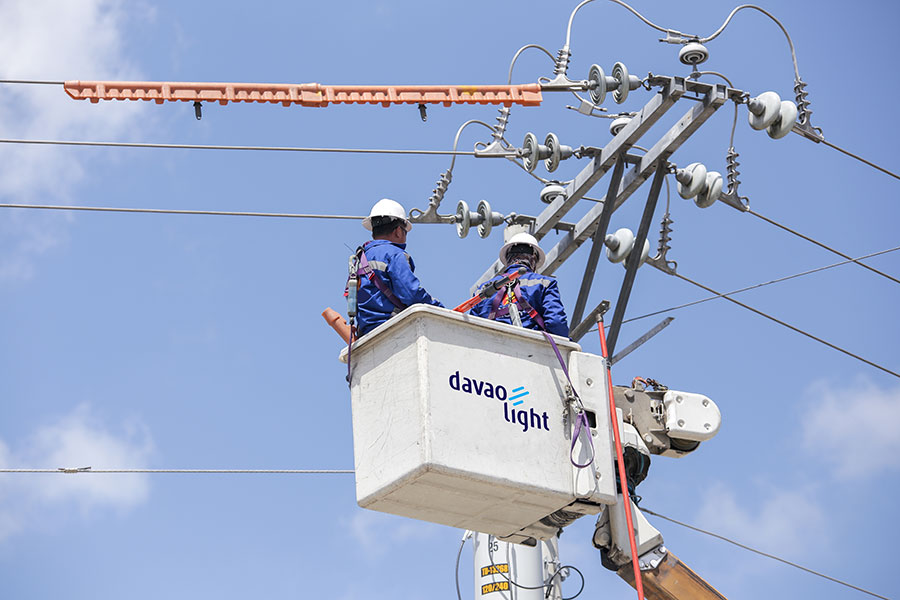The Philippines’ energy transition to cleaner technologies will be gradual, maximizing different types of energy sources to ensure energy security, enable economic growth, and support poverty reduction.
“We have to go through a transformation of the energy sector, and this transformation will have to occur over time and definitely not overnight,” said Department of Energy Secretary Raphael Lotilla during Stratbase ADR Institute’s Pilipinas Conference 2024 held in the Manila Polo Club in Makati City. “Right now, the concern for the economy would be energy security to sustain that economic growth and to reduce poverty, which is the number one goal among the sustainable development goals.”
“There are, of course, uncertainties, and in order to address these uncertainties — as well as which technologies would be available and whether financing would be available for them — is to diversify our sources of energy,” he explained.
“The transition really requires a holistic approach to solving the problem. The journey is not going to be linear. It’s extremely complex and it ultimately requires transforming the entire energy system — the supply side, the networks, and the demand side,” added AboitizPower Chief Finance Officer Sandro Aboitiz. “Part of our focus is ensuring that we can help the demand side — through rooftop solar, for example — to help consumers be part of the solution as well.”
The Philippine Department of Energy put out a strategic framework that targets to increase the share of renewable energy to more than 50% in the power generation mix by 2050; increase port infrastructures to support the development of offshore wind projects; and integrate 1,200 megawatts of nuclear capacity by 2032 and further to 4,800 megawatts by 2050.
Lotilla said that diversifying the country’s power mix will relieve it from its reliance on coal, 80% of which is imported, with 98% of it coming from Indonesia alone.
Department of Environment and Natural Resources Secretary Maria Antonia Yulo Loyzaga pointed out that the country has “significant untapped reserves of copper, gold, and chromite”, which are now classified as “critical energy transition minerals for the development of low-carbon renewable energy technologies, including solar panels, wind turbines, and storage batteries.”
Aboitiz also highlighted a projected potential of 13 gigawatts of renewable energy that can be unlocked through solar rooftops and addressing restrictions to its wider adoption.
“Technology changes rapidly and consumer preferences change rapidly over time as well. Policy and regulation has to keep pace and evolve fast enough to enable innovation and experimentation to help us find new solutions,” he said.
“In the Philippines, we estimate there are around 13 million households who are eligible for rooftop solar but penetration is very low. The question is why is that happening? Do net metering rules have to be improved? Do we need to further incentivize people to put panels on their roofs?,” he asked rhetorically.
But amidst the uptake in renewable energy capacities, Lotilla also highlighted the continued importance of more traditional types of energy sources like coal and natural gas to complement variable sources like solar and wind.
“We should have an eye on carbon capture utilization and storage, as well as coal-firing technologies that would be coming online in the future. That underlines why we look at upstream gas exploration to substitute for foreign supply and still be price competitive with international prices,” the Energy Secretary said.
“Part of the transition is our coal power plants. The coal moratorium excludes plants that were committed before its issuance. Co-firing with other fuels is an important element in the transition and the early decommissioning or repurposing is encouraged as a voluntary exercise on the part of the existing coal-fired power plants,” he further explained.
Aboitiz also cited the country’s economic growth potential in the coming years and the accompanying increase in electricity demand that must be met.
“The economy continues to grow at 6% a year, [translating] to about 600-700 megawatts of new baseload demand that is needed just in Luzon alone,” the executive said. “We have an opportunity and the responsibility to continue building baseload projects where it makes sense to support the economic growth of the country, whether that means expanding some of our coal facilities in places like the Visayas and investing in LNG platforms.”
AboitizPower had indicated its goal to build 3,600 megawatts of new renewable energy capacity en route to 4,600 megawatts by 2030. It has over 1,000 megawatts of disclosed projects from various indigenous energy sources and is constantly pursuing opportunities to grow its portfolio for solar, hydro, geothermal, wind, and energy storage systems.
To recall, early this year, AboitizPower acquired a stake in Chromite Gas Holdings, which plans to buy a majority interest in two gas power plants, which has a combined capacity of 2,500+ megawatts, and a terminal for importing LNG.



